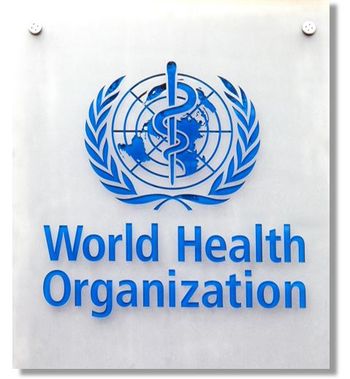
One Bone Scan Predicts Fracture Risk as Well as Two
PORTLAND, Ore. -- A single bone mineral density scan to predict future fracture risk may be good for life for healthy older women, according to a large study.
PORTLAND, Ore., Jan 24 -- A single bone mineral density scan to predict future fracture risk may be good for life for healthy older women, according to a large study.
Repeat measurement of bone mineral density eight years after the initial scan yielded no improvement in prediction of fractures, reported Teresa A. Hillier, M.D., M.S., of Kaiser Permanente Northwest/Hawaii here, and colleagues, in the Jan. 22 issue of the Archives of Internal Medicine.
Although repeat bone mineral density scans are common in clinical practice, the findings weigh heavily against the scanty evidence for their benefit in evaluating fracture risk, the researchers said.
"The lack of overall additional benefit?does not contradict the importance of bone mineral density, and bone mineral density loss, in the disease etiology of osteoporosis," they wrote.
"However, our results do suggest that, for the average healthy older woman 65 years or older, a repeat bone mineral density measurement has little or no value in classifying risk for future fracture--even for the average older woman who has osteoporosis by initial bone mineral density measure or high bone mineral density loss," the investigators added.
They noted that repeat scans may still be useful for women who may have accelerated rates of bone mineral density change because of illness, substantial weight loss, and new medication use (such as glucocorticoids).
The Study of Osteoporotic Fractures included 8,141 community-dwelling women ages 65 years or older at baseline (mean 72) who underwent an initial bone mineral density scan using dual-energy x-ray absorptiometry and then a second scan eight years later, on average.
Initial bone mineral density findings were typically in the low bone-mass range (mean t score -1.37 where 0 is "normal"). The average bone mineral density loss per year was -0.59% for an average t score of -1.64 at eight years of follow-up. Initial and repeat measurements were significantly correlated (r=0.92, P
Change in bone mineral density was a weaker predictor than initial or repeat measurement alone and the only one that was significantly worse than any other (P
Newsletter
Enhance your clinical practice with the Patient Care newsletter, offering the latest evidence-based guidelines, diagnostic insights, and treatment strategies for primary care physicians.




















































































































































































































































































